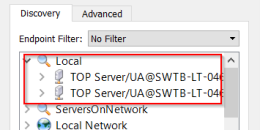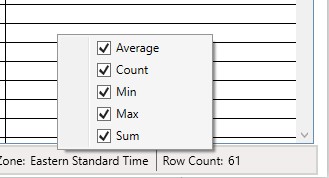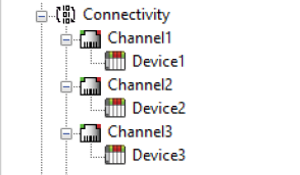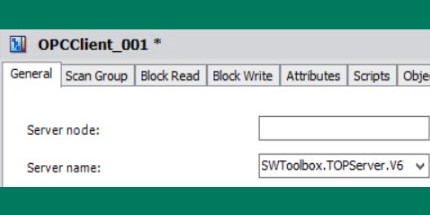Here at Software Toolbox, we strive to be the “One Responsible Partner” for our clients - a motto we see as soon as we enter the door every morning. That extends beyond just our amazing sales and support teams. It also means being the One Responsible Partner for our Earth.
With Earth Day coming up, our team has decided to take this month to focus on the different ways our products help users achieve their own environmental sustainability goals and the conservation of natural resources in general. In this first blog post, we will take a look at how OmniServer helped a food and beverage user improve efficiency and reduce waste in a “sweet” way.










